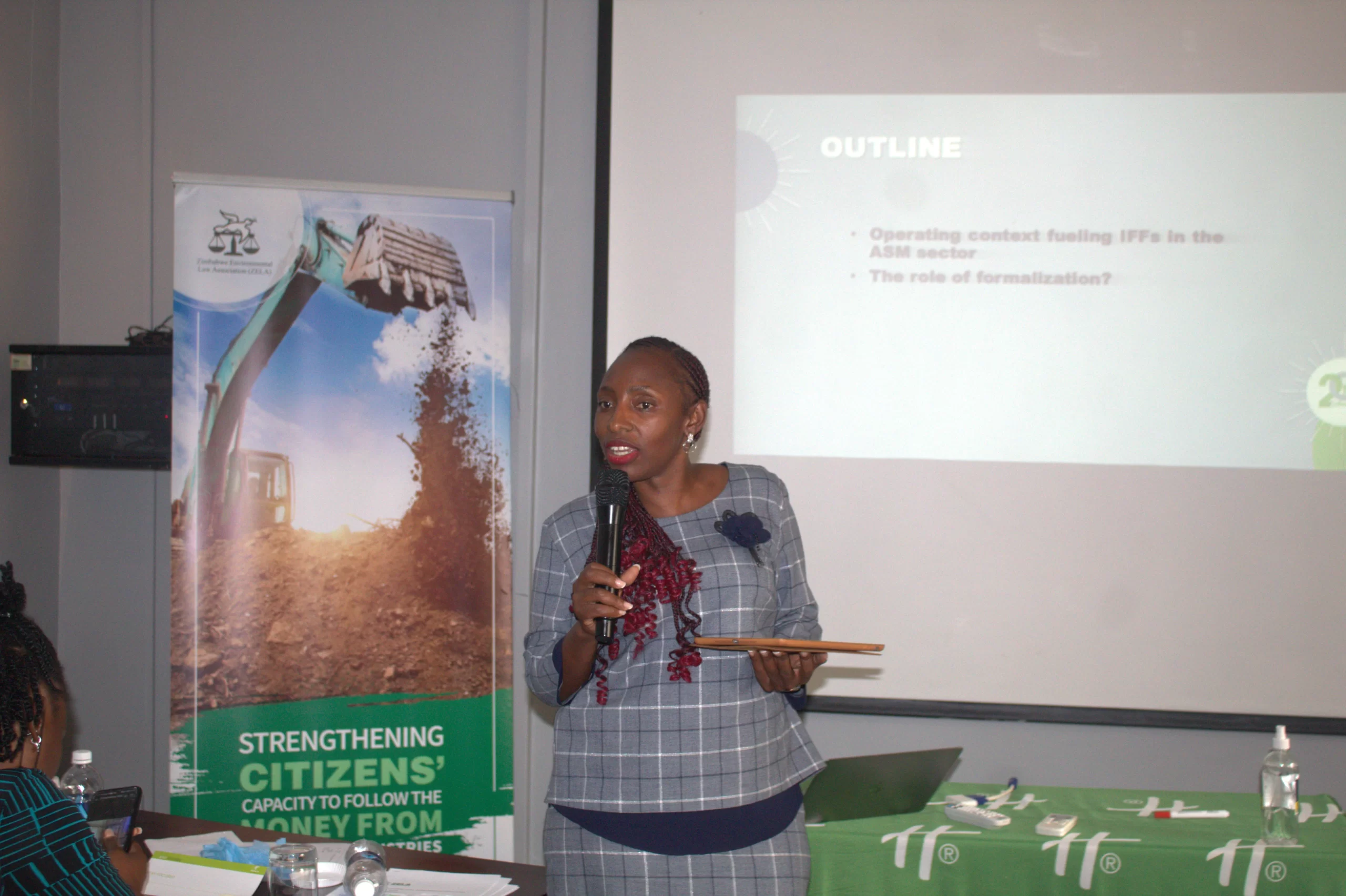As Zimbabwe embarks on its energy transition journey, questions about the true beneficiaries of critical minerals have become central to discussions around sustainable development. Communities are asking questions like, “What are critical minerals for, and to whom are they critical?” Mining Zimbabwe reports.
By Rudairo Mapuranga
Speaking to this publication on the sidelines of the Zimbabwe Alternative Mining Indaba (ZAMI) held in Bulawayo last week, Joyce Machiri, Project Officer at the Zimbabwe Environmental Law Association (ZELA), highlighted these concerns as participants explored the theme “Putting Communities First for Community Development.”
Joyce emphasized the need for a people-centred approach in mining, especially as demand for critical minerals grows.
“We are advocating for a just energy transition,” she said, adding that there are unresolved questions about who truly benefits from these minerals. “People are asking, ‘Who are these minerals critical for?’ For example, in Mutoko, where I come from, there is no electricity, and people are still using firewood. Now, we are talking about transitioning to new sources of energy that people aren’t familiar with,” she explained.
The energy transition is driven by the need for greener alternatives, with critical minerals such as lithium, cobalt, and nickel playing key roles in the production of batteries and renewable energy technologies. However, communities in Zimbabwe’s mining regions often remain underdeveloped, despite the wealth generated from these resources.
Joyce’s reflections raise important questions about the inclusivity of this transition. She pointed out that even before the boom in critical minerals, communities in gold and platinum mining areas faced significant challenges.
“We haven’t even widely adopted alternatives yet. We still face poverty and underdevelopment in many communities,” she noted, underscoring the need for mining to be aligned with the development aspirations of local populations.
This concern is particularly relevant as Zimbabwe continues to implement the National Development Strategy 1 (NDS1), which aims to transform the country’s economy by 2030. The mining sector is a key contributor to funding this strategy, but Joyce questioned the extent to which communities are truly benefiting.
“We’re asking how this can be participatory, ensuring communities aren’t left behind. That’s why we’re saying, ‘Let’s put communities first for development,'” she said.
Joyce also stressed the importance of addressing environmental, social, and governance (ESG) issues, particularly as they relate to critical minerals. She called for greater attention to the impacts of mining on local populations, from displacement and environmental degradation to climate change.
“What role can civil society and government play to raise awareness and amplify community voices so they can adapt to the challenges of climate change and the impact of mining investments?” she asked.
For ZELA and other civil society organizations, the key to a just energy transition lies in ensuring that mining operations are transparent, equitable, and environmentally responsible. By advocating for tax justice and working to prevent illicit financial flows, Joyce and her colleagues are pushing for a mining sector that truly benefits Zimbabweans, particularly those living in resource-rich but underserved areas.
“Mining, by its nature, can be good for us. It’s a source of income for the nation and has the potential to improve the livelihoods of communities,” Joyce said, reiterating the need for mining activities to contribute meaningfully to local development.
Ultimately, the call from ZAMI 2024 is clear: as Zimbabwe harnesses its critical minerals for global markets, the country’s leaders must prioritize the needs and rights of its people, ensuring that communities are not left behind in the race for green energy.
.png)




